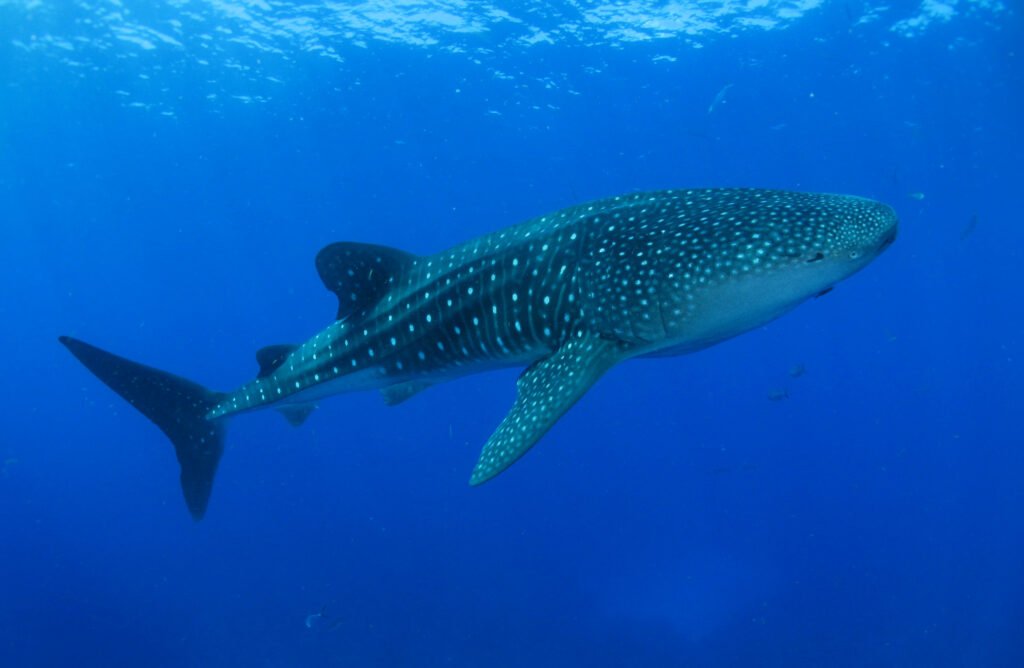Imagine drifting alongside a creature so enormous and gentle it feels like meeting a peaceful giant from another era. That’s what encountering the Butanding—better known as the whale shark—feels like. These spotted titans glide silently through the world’s warm oceans, inspiring awe and curiosity in all who meet them. But what if I told you that when you look into the eyes of a whale shark, you might be gazing into the distant past? Some scientists call them “living fossils,” hinting at astonishing evolutionary tales stretching back millions of years. Are whale sharks really time travelers among us, bearing ancient secrets in their DNA and bones? Their story is far deeper, wilder, and more mysterious than you might expect.
First Glimpse: What Exactly Is a Butanding?
The Butanding, or whale shark (Rhincodon typus), wears many hats in the natural world. Despite its name, it isn’t a whale but the largest fish on Earth, sometimes growing as long as a city bus. Its enormous mouth can stretch over five feet wide, yet it feasts almost exclusively on tiny plankton and small fish. The Butanding’s skin is patterned with mesmerizing white spots and stripes that look like an artist painted them by hand. These gentle giants are often found in tropical waters, swimming slowly near the surface. For local communities in places like the Philippines, the Butanding is more than just a spectacle—it’s a source of cultural pride and economic importance. When people swim with these giants, they often describe a feeling of wonder, as if touching something ancient and magical.
Living Fossil: What Does It Really Mean?
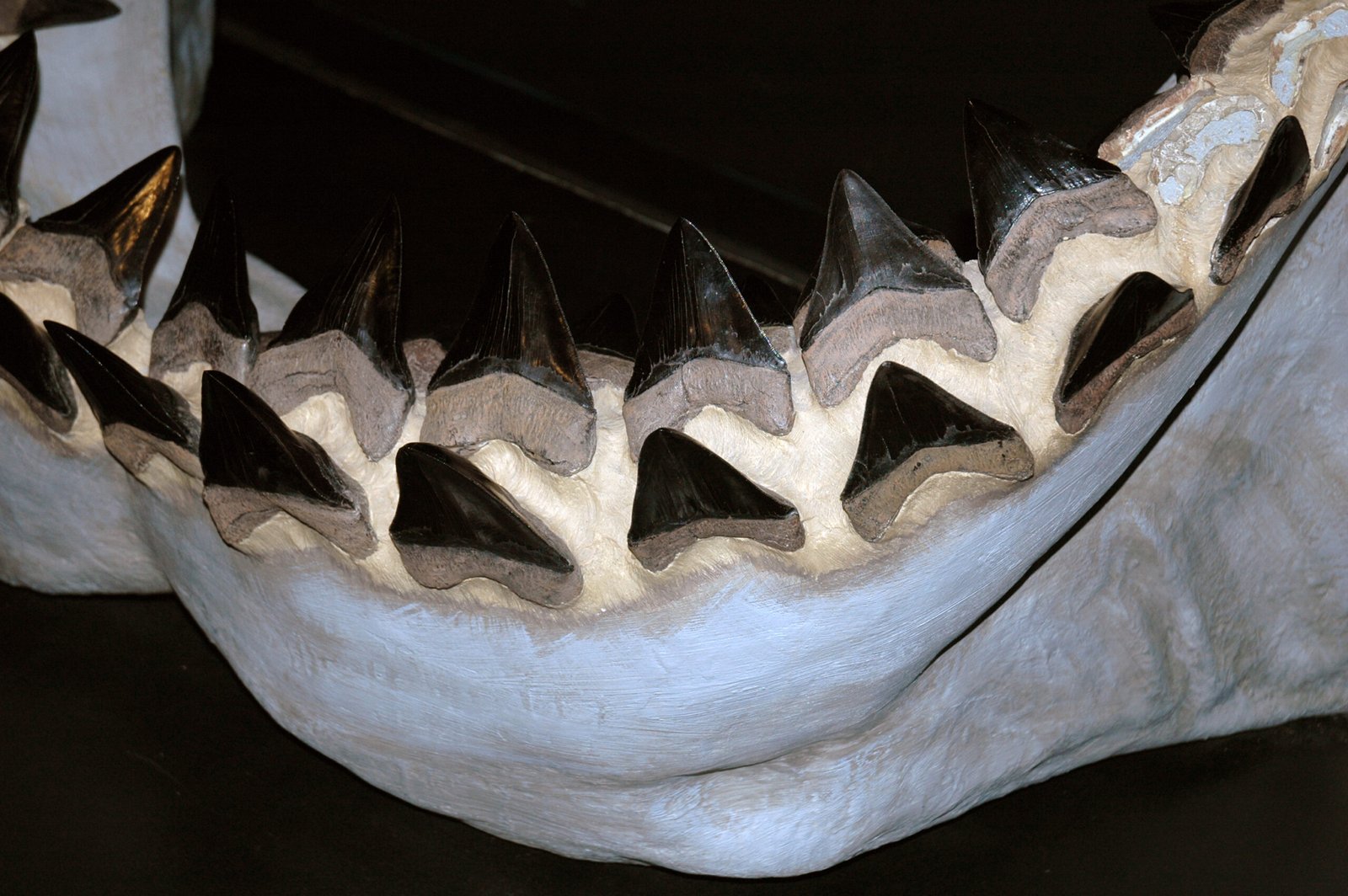
The term “living fossil” might sound like a contradiction, but in biology, it has a specific meaning. A living fossil is a species that has changed very little over millions of years, resembling its ancient ancestors in both form and function. Think of it like meeting your great-great-great-grandparent and realizing you look almost exactly alike! The idea is that these creatures have found a way of living so successful, nature hasn’t needed to change much. Whale sharks are often described as living fossils because they share many features with ancient sharks from the Jurassic period and even earlier. This label sparks the imagination, suggesting that whale sharks carry the legacy of long-lost worlds.
Ancient Lineage: Tracing the Whale Shark’s Family Tree
Whale sharks belong to a group called elasmobranchs, which also includes rays and other sharks. Their family tree stretches back more than 400 million years, a time when strange armored fish ruled the seas and the first forests were just appearing on land. Fossil records hint that the ancestors of whale sharks split off from other sharks around 60 million years ago, not long after dinosaurs vanished. Through the ages, their relatives survived mass extinctions and shifting oceans, quietly perfecting their slow, filter-feeding lifestyle. The genetic makeup of whale sharks still carries echoes of those ancient times, linking them to creatures that swam when the world was a very different place.
Fossil Evidence: What Do We Really Know?
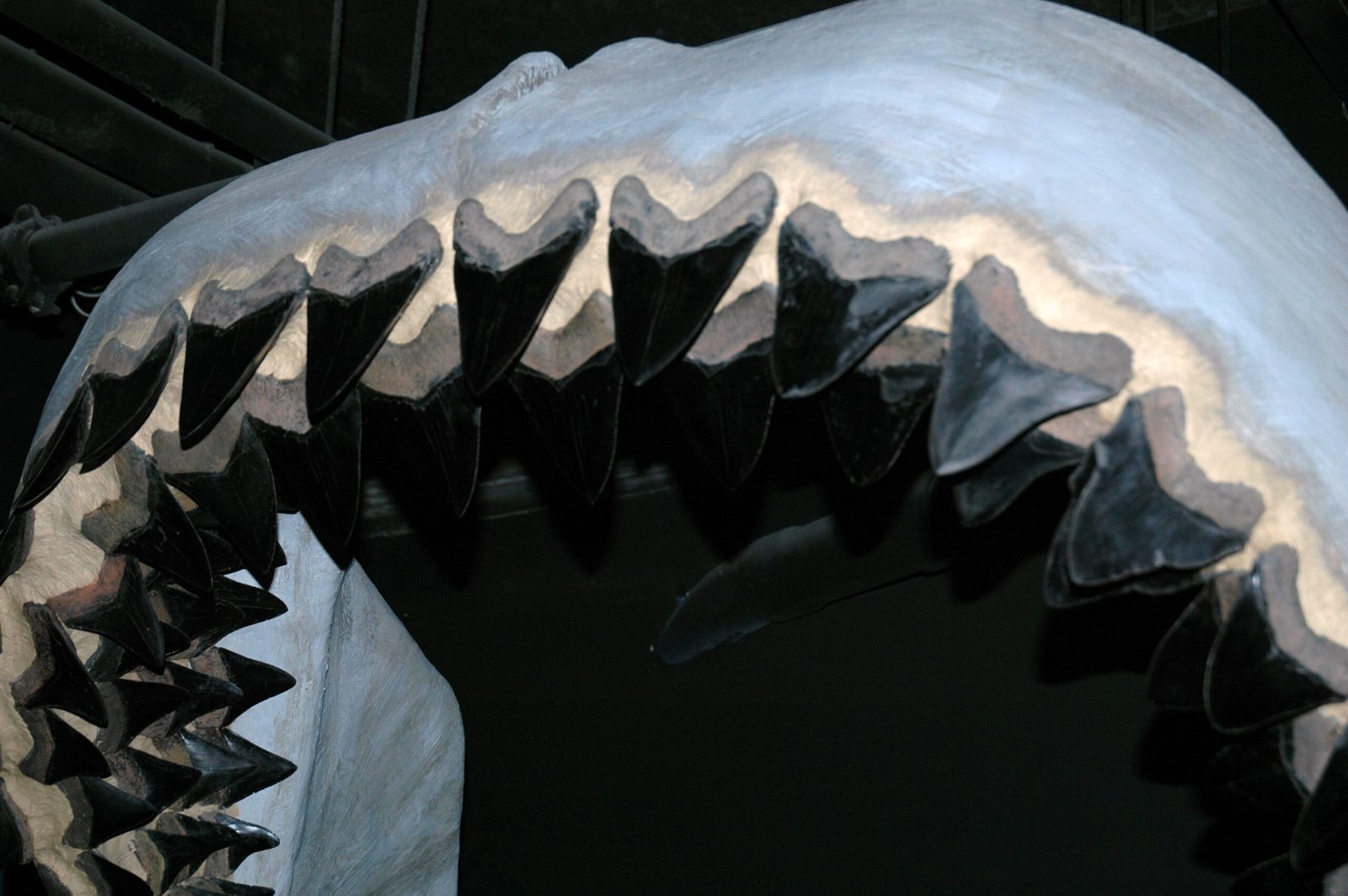
Fossils of whale sharks are rare—after all, their skeletons are made mostly of cartilage, not sturdy bone. But scientists have found some tantalizing clues. Fossilized teeth and vertebrae, dating back millions of years, show that ancient whale sharks were already huge and had similar feeding habits. Some fossils from the Miocene era, about 20 million years ago, even show the same distinct spot patterns seen today. The puzzle pieces aren’t complete, but each new fossil tells a little more of the story. Researchers believe that by studying these remains, we can get a clearer picture of how whale sharks evolved and survived in changing seas.
Molecular Time Machines: DNA Insights
DNA is like a time machine hidden inside every living thing, carrying records of its evolutionary journey. Recent advances in genetic research have allowed scientists to compare the DNA of whale sharks with other sharks and fish. What they found was fascinating: the whale shark’s genome is strikingly similar to those of ancient sharks, with slow genetic changes over millions of years. This slow pace of evolution supports the idea that whale sharks are living fossils, preserving genetic features from deep time. By peering into their DNA, we learn not just about their past, but also how they might adapt to the future.
Unchanged Giants: The Power of Evolutionary Stability
Some creatures evolve rapidly, sprouting new features to cope with changing environments. But whale sharks have followed a different path. Their size, gentle nature, and filter-feeding method have remained remarkably stable for eons. This evolutionary stability is a sign that their way of life is incredibly successful in the open ocean. They’ve perfected being slow-moving, wide-mouthed drifters who rarely need to fight or flee. Their calm, efficient lifestyle lets them glide through the ages almost unchanged, like ancient ships that still sail smoothly across the sea. It’s a powerful reminder that sometimes, not changing is the best strategy for survival.
Butanding in Cultural Lore: Legends and Local Wisdom
To many people, especially in the Philippines, the Butanding isn’t just a biological marvel—it’s woven into stories, songs, and daily life. Local fishermen often see the whale shark as a symbol of good luck, sometimes believing it brings prosperity or protection from storms. Ancient myths describe the Butanding as a gentle guardian of the sea or a creature with magical powers. These stories blend respect with a touch of fear, reminding us of the deep connection between humans and these ocean giants. Cultural wisdom, passed down through generations, sometimes matches up with what science tells us: the Butanding is a survivor, a relic of the world’s wild past.
Adaptations for Survival: How Whale Sharks Thrive
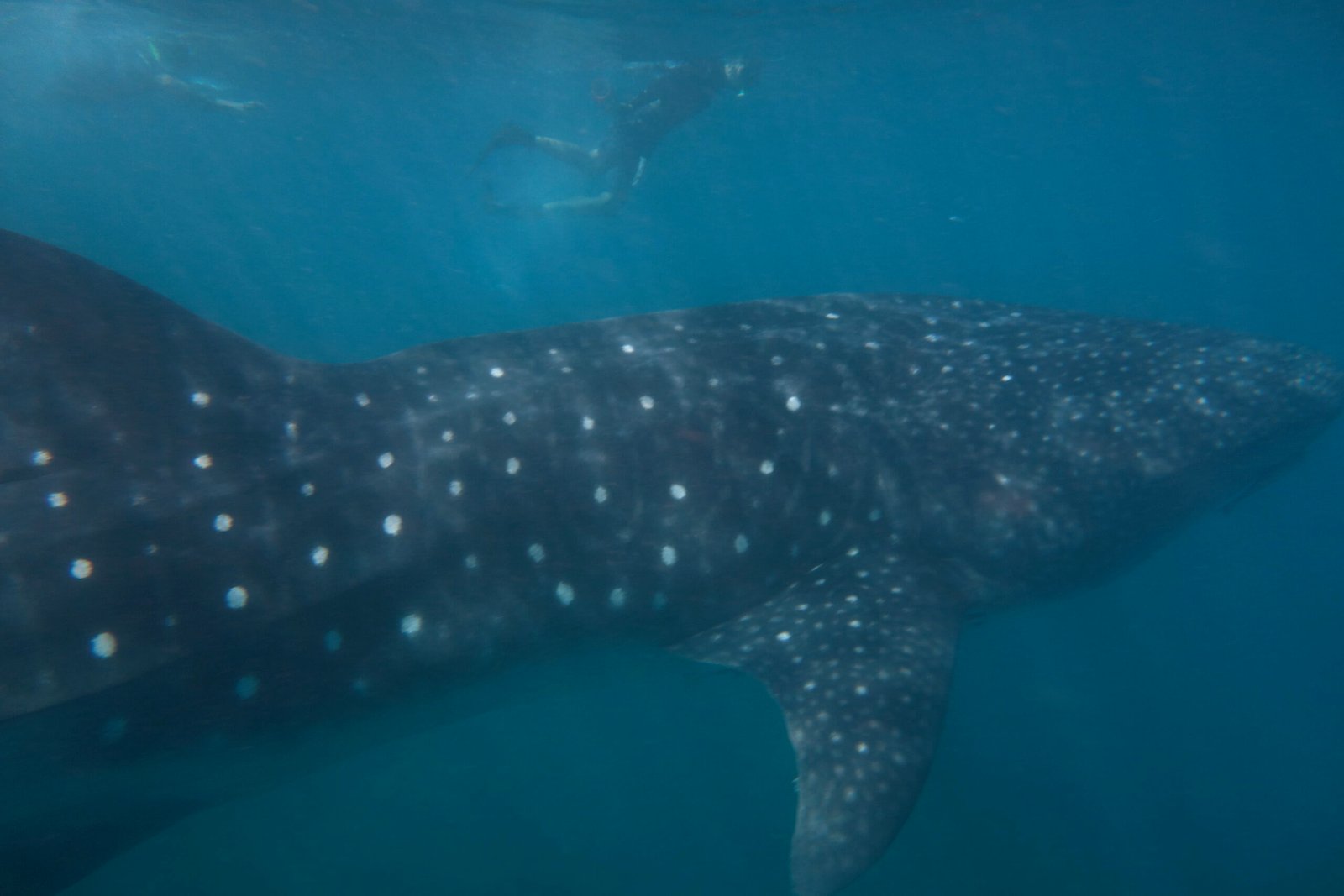
Whale sharks are masters of adaptation. Their massive mouths act like underwater vacuum cleaners, sucking up clouds of plankton and tiny fish with little effort. Their thick skin, sometimes up to four inches thick, protects them from injuries and parasites. Unlike most sharks, whale sharks can travel thousands of miles across oceans, following plankton blooms and warm currents. They can dive deep to avoid danger or find food, sometimes plunging to depths of over 6,000 feet. These adaptations have let them survive in a world that’s always changing, proving that ancient doesn’t mean outdated.
Gentle Giants: Behavior and Social Life
Despite their size, whale sharks are famously gentle. They don’t chase prey or use sharp teeth to hunt. Instead, they calmly cruise through the water, their mouths agape, filtering out food as they go. Even when people swim beside them, whale sharks rarely seem bothered, moving with slow, deliberate grace. Scientists have observed that whale sharks sometimes gather in large groups, especially where food is plentiful. In places like Donsol in the Philippines or Ningaloo Reef in Australia, dozens of whale sharks can be seen together, sharing a feast beneath the waves. Their peaceful nature makes them favorites among divers and marine biologists alike.
Threats Through the Ages: Past and Present Dangers
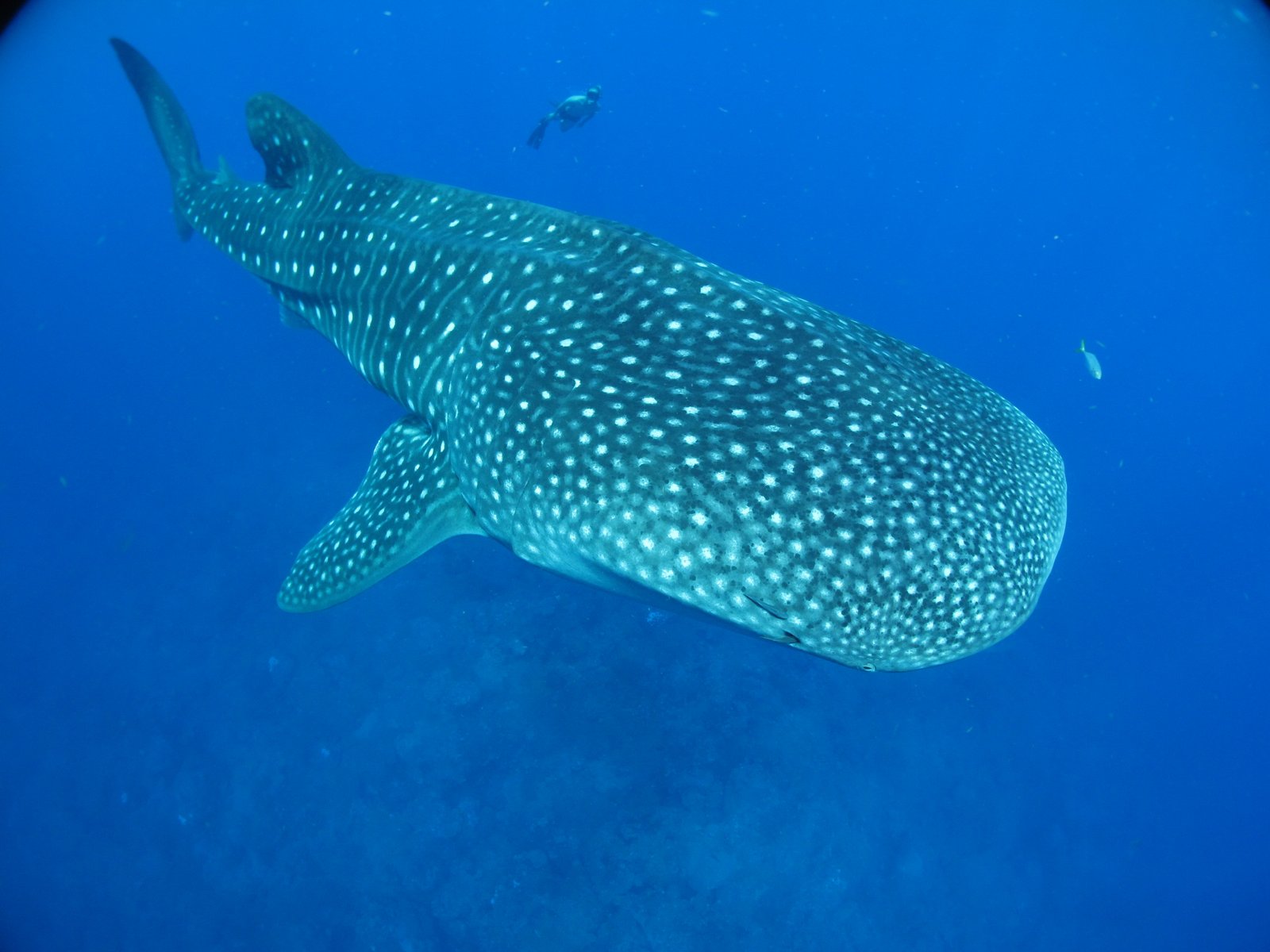
Whale sharks have survived volcanic eruptions, shifting continents, and ice ages. But today, they face new dangers that ancient oceans never prepared them for. The biggest threats are human-made: overfishing, boat strikes, and the destruction of coral reefs. In some places, whale sharks are hunted for their fins, meat, or oil, despite international protections. Plastic pollution and climate change also threaten their food sources and migration paths. Unlike the slow threats of the past, these modern dangers are fast and relentless. To keep these living fossils safe, it’s up to us to change how we treat their ocean home.
Migration Mysteries: The Whale Shark’s Secret Journeys
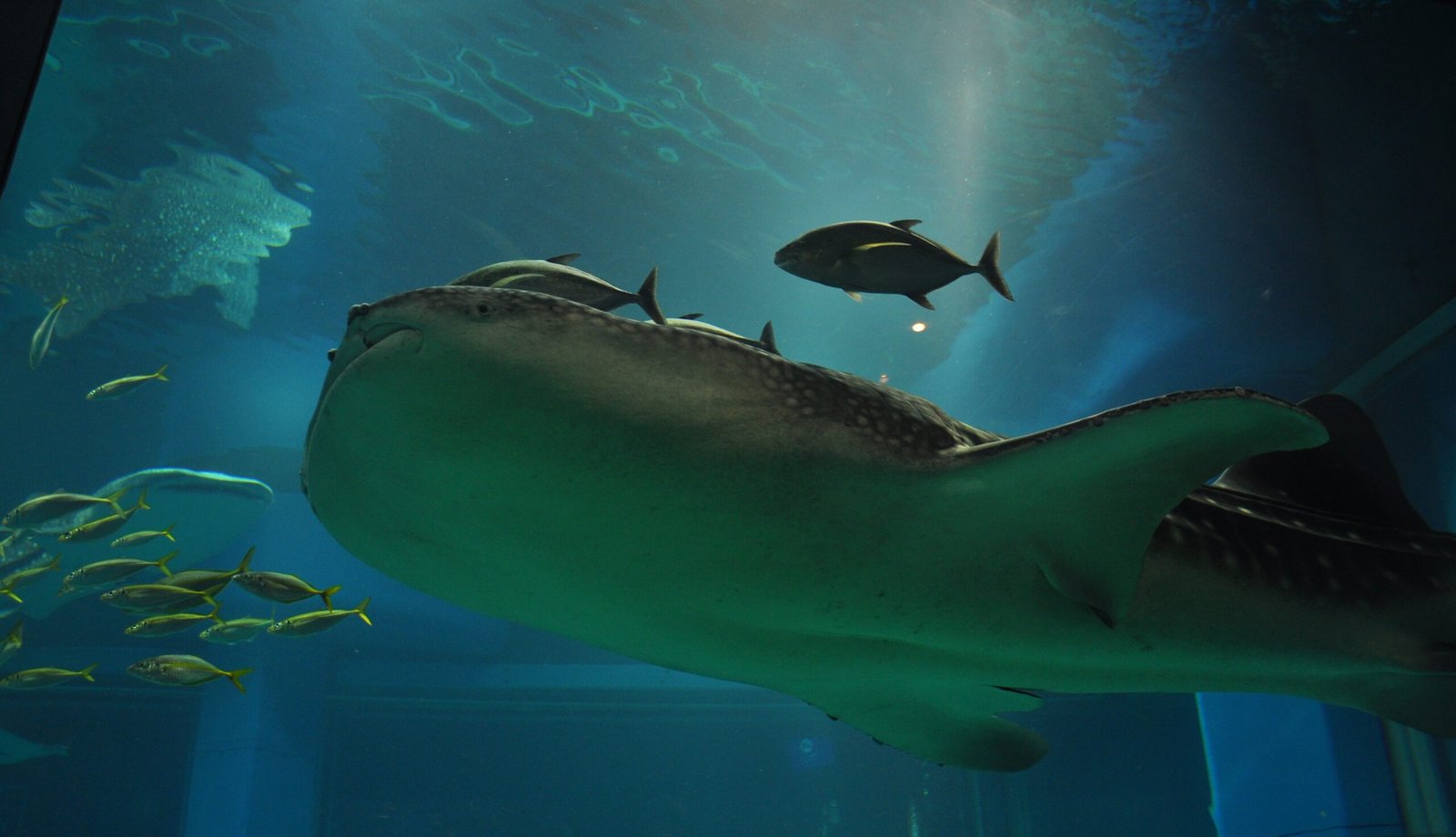
One of the most captivating things about whale sharks is their long, mysterious migrations. Using satellite tags, scientists have tracked individual whale sharks swimming across entire oceans, sometimes traveling more than 8,000 miles in a single journey. No one knows exactly why they travel so far, but it’s likely connected to food, breeding, and the changing seasons. Some whale sharks disappear for months, only to reappear thousands of miles away. These epic journeys are a reminder of how little we still know about their secret world beneath the waves. Every new discovery adds another layer to their mysterious story.
Comparing the Giants: Whale Sharks and Their Ancient Cousins
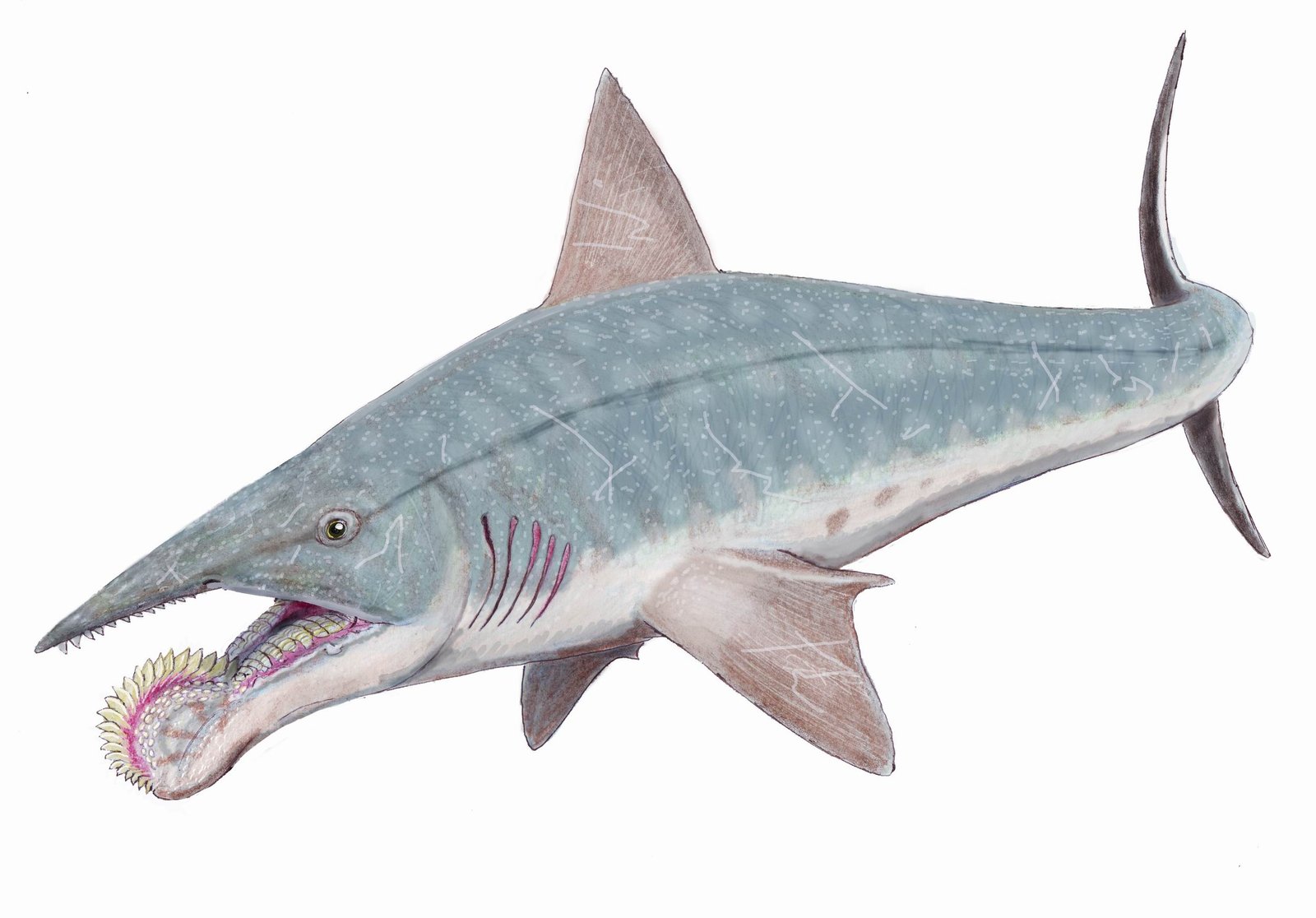
If we could go back in time, we’d meet some truly bizarre ancient sharks, from the spiral-toothed Helicoprion to the monstrous Megalodon. Compared to these terrifying relatives, the whale shark seems almost gentle and serene. But they share many features: cartilaginous skeletons, multiple rows of tiny teeth, and a knack for surviving tough times. The biggest difference is the whale shark’s peaceful, filter-feeding lifestyle, a strategy that’s kept it safe while fiercer cousins vanished. By studying both living and extinct sharks, scientists can piece together how evolution shaped these ocean giants and why the whale shark’s way of life has endured.
Growth and Longevity: The Slow Life of a Whale Shark
Whale sharks are slow growers. It can take them up to 25 years just to reach maturity—a blink in evolutionary time, but an eternity compared to many fish. Some scientists believe they can live for over 100 years, though it’s hard to know for sure. Their slow pace of life matches their slow evolution, with long childhoods and leisurely journeys across the seas. This slow-and-steady approach has worked for millions of years, but it also means whale sharks are especially vulnerable to sudden changes. If something threatens their population, it can take decades for them to recover.
Feeding the Future: The Importance of Plankton
Whale sharks’ main diet—plankton—might seem unimpressive, but it’s the foundation of ocean life. These tiny creatures, drifting with the currents, are eaten by everything from sardines to blue whales. When whale sharks feed, they help control plankton blooms and keep the food web in balance. They also transport nutrients across vast distances, fertilizing the sea as they go. This makes them unsung heroes of the ocean, quietly supporting the health of coral reefs and fisheries. By protecting whale sharks, we’re also protecting the invisible threads that tie the whole ocean together.
Modern Science Meets Ancient Wisdom
Today, researchers are using cutting-edge technology to unlock the mysteries of whale sharks. Drones, satellite trackers, and underwater cameras let us follow their migrations in real time. At the same time, local communities offer traditional knowledge passed down over generations—a different kind of science, rooted in daily experience. When modern researchers and local experts work together, they can solve puzzles that neither could crack alone. This blending of science and tradition is helping us understand not just the whale shark’s past, but how to protect its future.
Conservation Challenges: Protecting Living Fossils
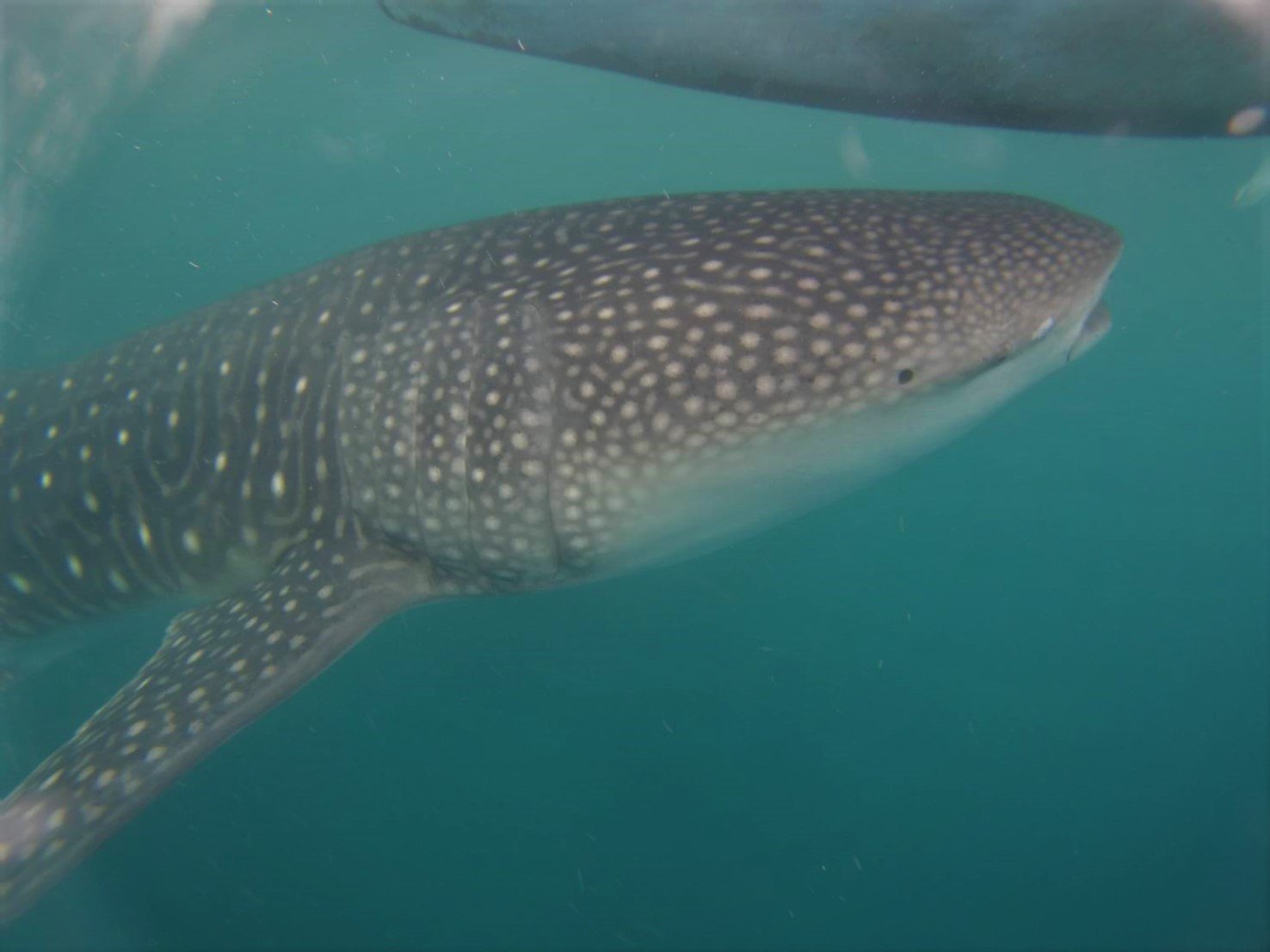
Saving the whale shark isn’t just about preserving a single species. It’s about protecting a living link to our planet’s distant past—a creature that has watched the world change and survived. Conservation efforts include banning hunting, creating marine sanctuaries, and educating people about the importance of these gentle giants. But the challenges are huge: whale sharks roam across international borders, making it hard to protect them everywhere they go. Climate change and pollution add new layers of difficulty. Still, there’s hope. More people than ever are working to ensure that these ancient creatures can keep gliding through our oceans for generations to come.
What the Butanding Teaches Us About Time
The Butanding’s story is a living lesson in patience, resilience, and the power of nature’s slow, steady hand. Their ancient roots remind us that some things are worth preserving simply because they connect us to a world beyond our own lifetime. Standing face to face with a whale shark, you can’t help but feel small—and at the same time, deeply connected to the endless dance of life on Earth. If we listen to what these gentle giants have to tell us, maybe we’ll find new ways to protect not just the past, but the future too.

